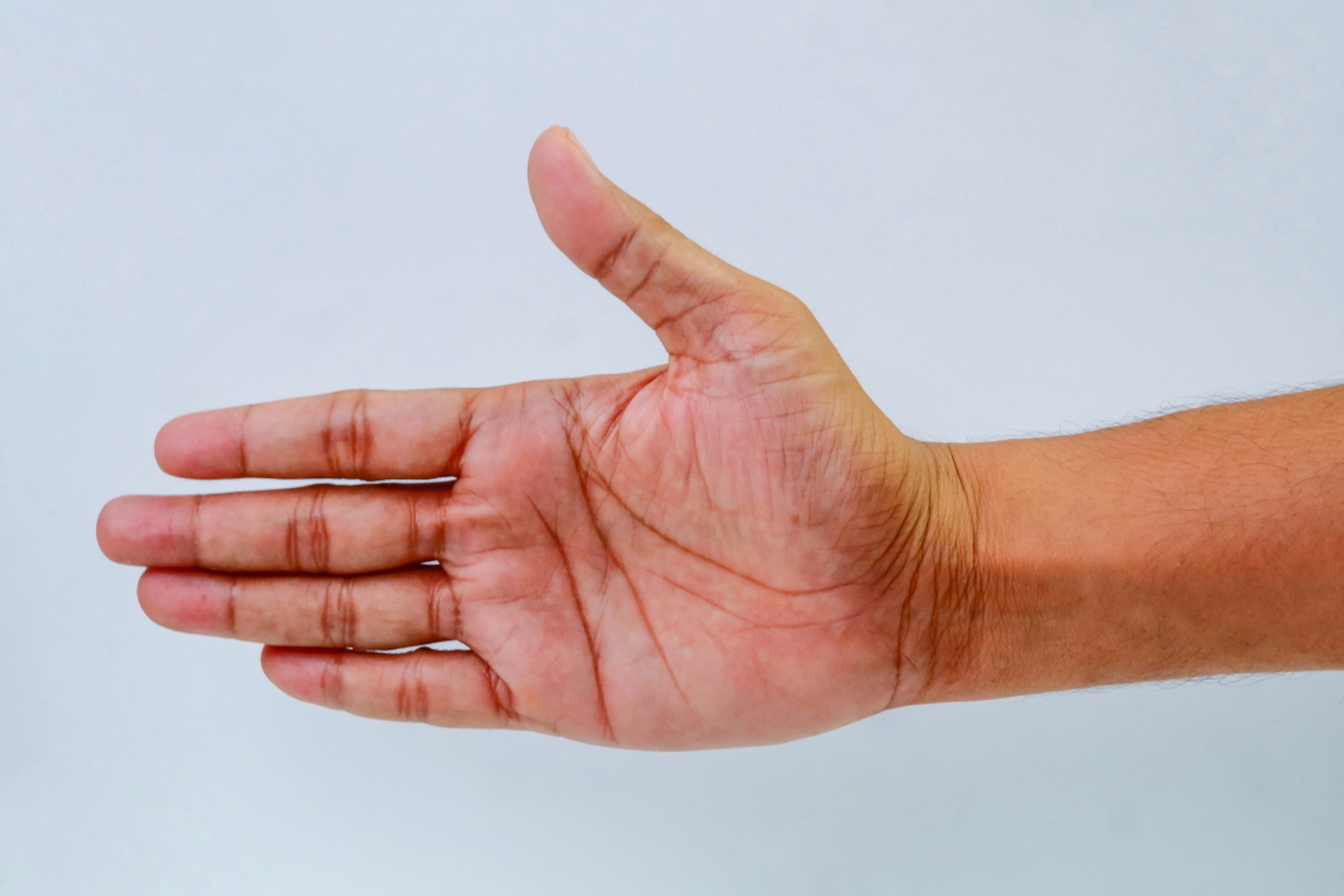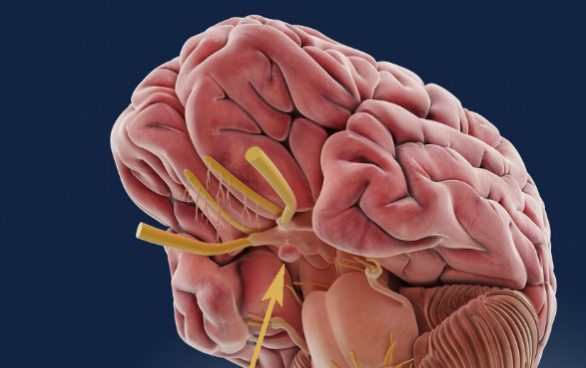Illness and accidents are always like uninvited guests, never giving prior notice. You never know what will happen in the next second - it could be a colleague suddenly collapsing or a passerby falling in front of you. At that moment, if you know some basic first aid, you can save a life and become a "superhero." Don't worry, first aid is not as complicated as you think, and you don't need to become a doctor. These are the first aid skills that can be invaluable in critical moments.
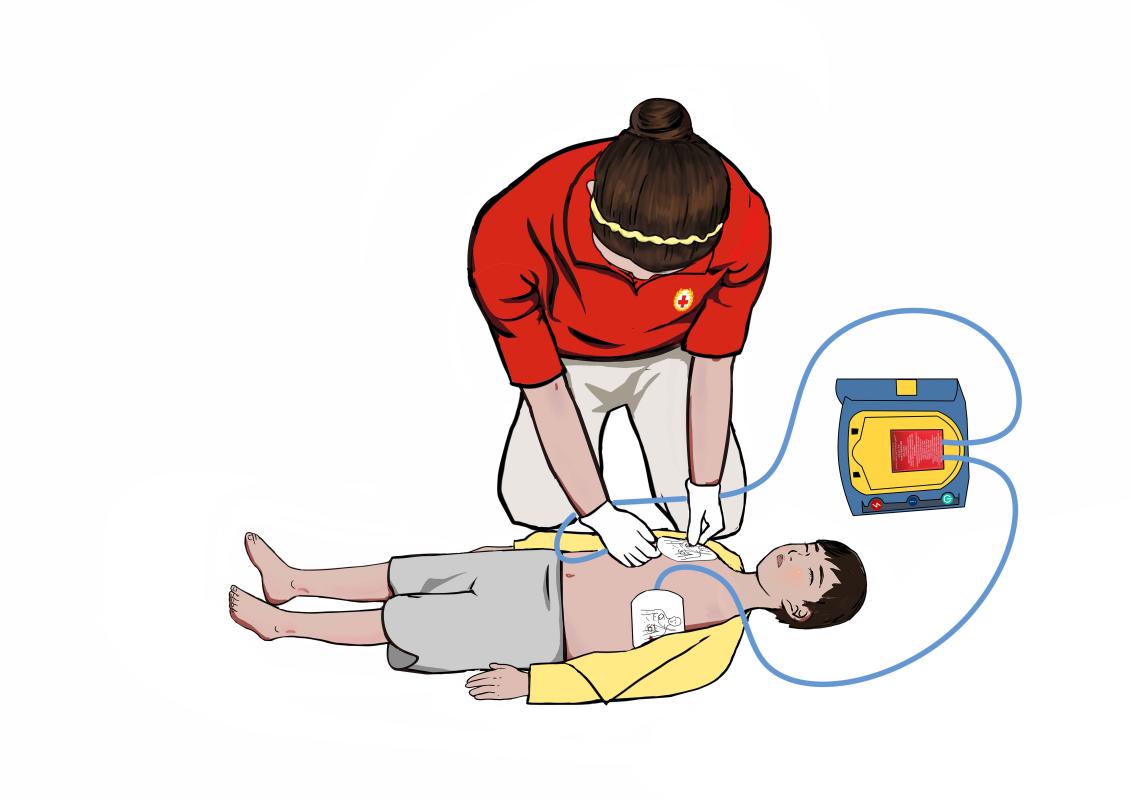
Imagine one day. You're sitting in a cafe enjoying afternoon tea, and suddenly someone behind you collapses. What's your first reaction? Scream? Run away? Or pull out your phone to take a picture and post it on social media? The most important thing here is to stay calm. Panic won't help and may make the situation worse.
Remember, the first step in first aid is always: to stay calm, don't panic! If you notice someone suddenly losing consciousness, they are likely experiencing cardiac arrest. In this case, an AED (Automated External Defibrillator) is your "magic tool." This device acts like a "restart button" for the heart, delivering an electric shock to restore normal heart rhythm. Many people think AFDs look complicated, but they are designed to be very "foolproof." Once you find the on-off switch, simply press it, and the device will guide you step-by-step with voice instructions on what to do next. What's even better is that AFDs are very intelligent and will only deliver a shock if it's needed. So, even if you accidentally press the wrong button, it won't harm the patient. In a sense, AFDs are the "thoughtful assistants" of first aid.
If there's no AED nearby, or it hasn't arrived yet, don't worry —CPR (Cardiopulmonary Resuscitation) is your "backup plan." CPR sounds professional, but at its core, it involves two actions: chest compressions and artificial respiration.
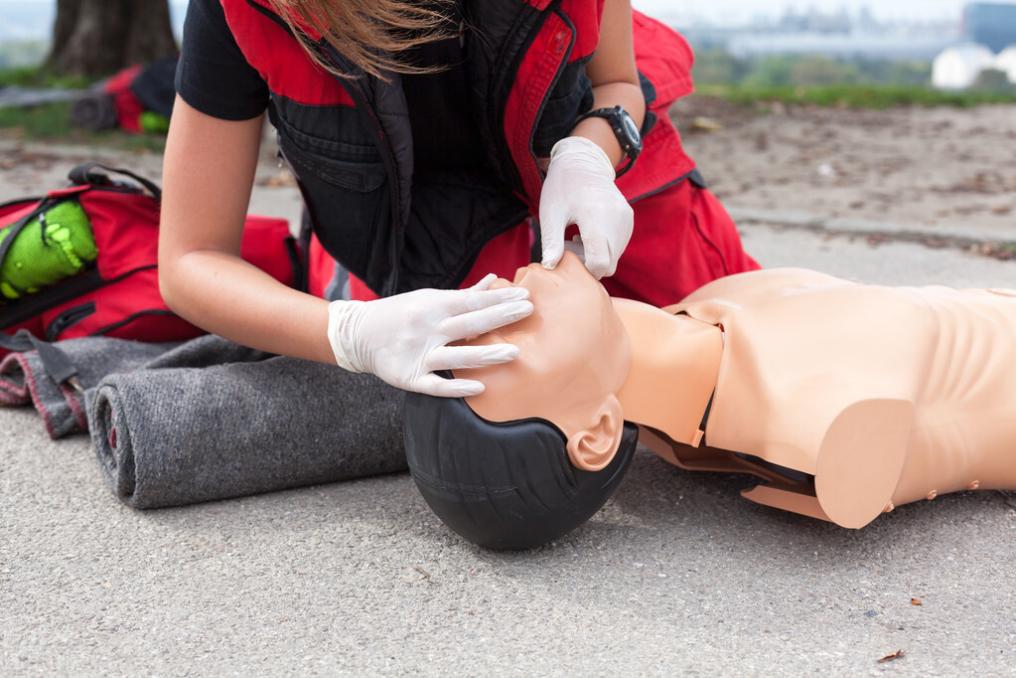
First, make sure the patient is lying flat on the ground, then place your hands on top of each other and use the heel of your palm to press down on the centre of the patient's chest. The depth of compression should be about 5-6 centimetres, and the rate should be 100-120 compressions per minute. If you're unsure of this rhythm, think of the Classic Bee Gees song "Stayin' Alive." Its beat is perfect for CPR. Hum the song while performing compressions, not only will it help you keep the rhythm, but it can also ease your nerves. After 30 compressions, it's time for artificial respiration. Pinch the patient's nose shut, then completely cover their mouth with yours and blow air into their lungs twice. While doing this, watch the patient's chest to see if it rises. If it doesn't, your breath may not be reaching the lungs. In the presence of additional volunteers, administering first aid might turn into a "relay race." While the other provides artificial respiration, one person can perform chest compressions. In this manner, you won't overdo it, because performing CPR isn't something you do for a few minutes. You must continue until you get competent medical assistance.
Sometimes, you may encounter a person who has lost consciousness but is still breathing. In this situation, stay far and listen for their respiration instead of rushing to get too near. Should their breathing be regular, you can position them in the recovery posture, resting on their side, to avoid tongue obstruction of the airways. During first aid, you should also be aware of certain things to avoid doing. as well-mtentioned actions might make things worse. For example, some people, seeing someone faint, rush to give them water or medicine. This can be very dangerous, especially when the person is unconscious giving water can cause choking or even suffocation.
Even if you see someone lying on the ground, don't rush to help them up, as in some accident scenarios, the patient might have broken bones. Moving them carelessly could cause further injury.
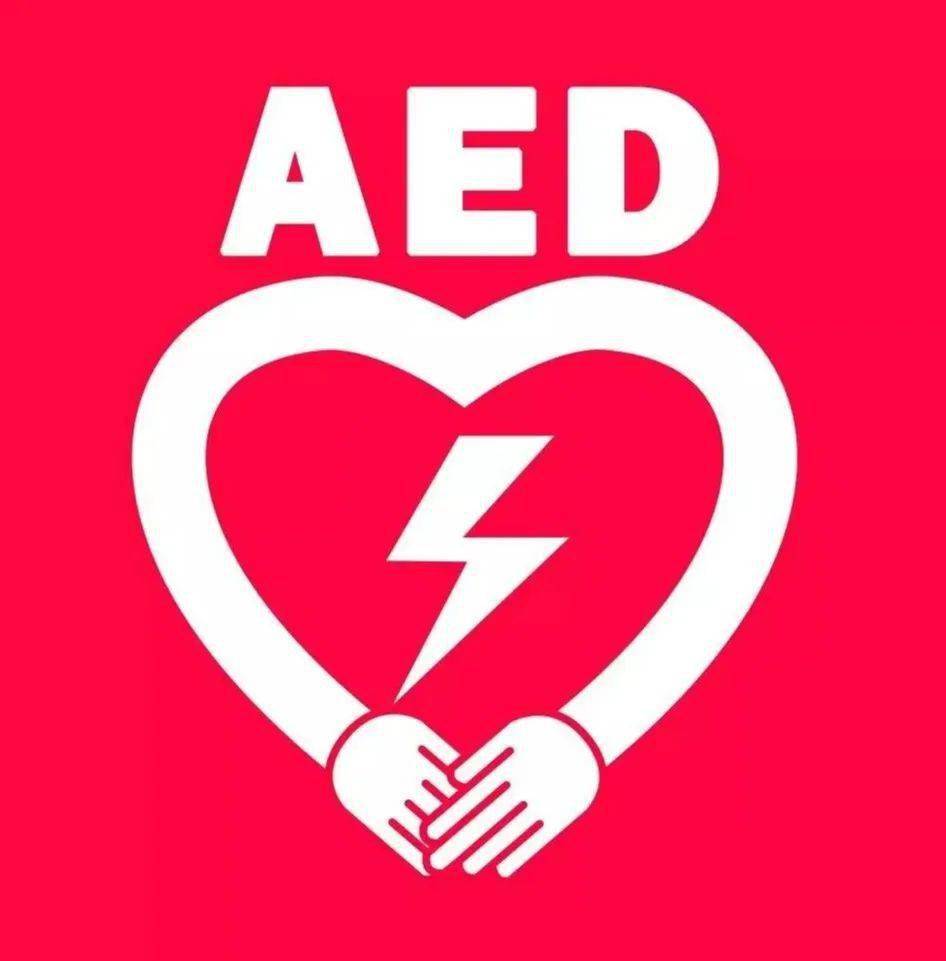
Are you starting to think you're a qualified "first aid expert" after reading this? First aid is a skill that requires practice, just like learning to swim— you can't learn it just by reading a tutorial. It's recommended that you practice CPR and use the AFD in person. First aid is not mysterious, and you don't need to become a medical expert It's more like a "survival skill," just like learning to tie your shoes or ride a bicycle, something that can be very useful in critical moments. Next time you see someone in need of help, don/t hesitate, lend a hand! A single correct action from you might change someone's fate.



